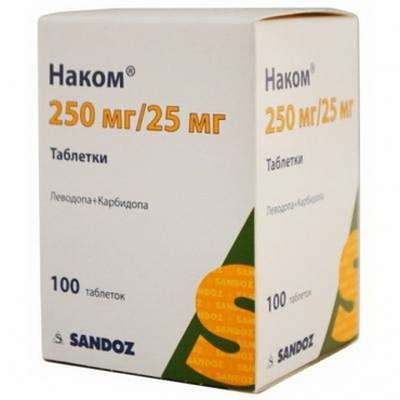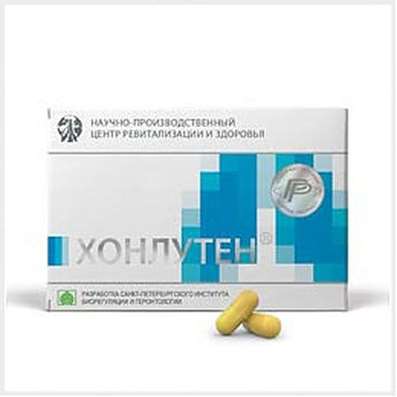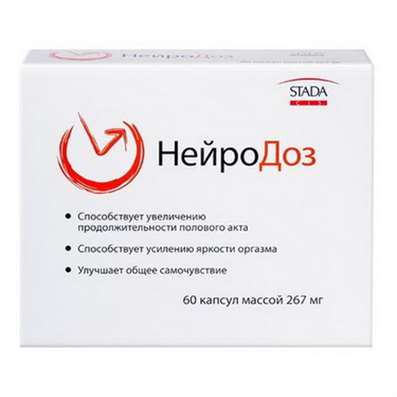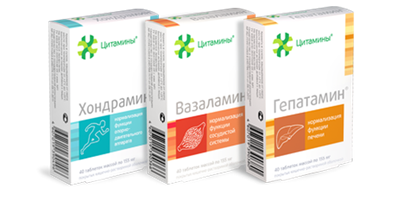Instruction for use: Ferric (III) hydroxide polymaltosate
I want this, give me price
Trade name of the drug – Ferrum polymaltose, FerrumLek, Maltofer, Sorbitrim, Fer-.Rompharm, Ferri
The Latin name of the substance Ferric (III) hydroxide polymaltosate
Ferri (III) hydroxydum polymaltosatum (genus. Ferri (III) hydroxydi polymaltosati)
Pharmacological groups:
Stimulators of hematopoiesis
Macro and microelements
Model clinical-pharmacological article 1
Pharmacotherapy. The preparation Fe in the form of a polymaltose complex of hydroxide Fe3 + (is an iron dextrin, unlike Fe3 + polyisomaltozate hydroxide - dextran Fe, does not contain dextrans, which cause a greater probability of anaphylactic reactions). Outside, the multinucleated centers of the hydroxide of Fe3 + are surrounded by many non-covalently bound polymethyltose molecules, forming a complex with a total molecular weight of. Mass of 50 thousand Da, which is so large that its diffusion through the membranes of the intestinal mucosa is approximately 40 times less than that of Fe2 + hexahydrate. This macromolecular complex is stable, does not liberate Fe in the form of free ions, is similar in structure to the natural compound Fe and ferritin. Due to this similarity, Fe3 + from the intestine enters the blood only by active absorption, which explains the impossibility of overdose (and intoxication) by the drug as opposed to simple Fe salts, which are absorbed through a concentration gradient. The absorbed Fe is deposited in a ferritin-related form, mainly in the liver. Later, in the bone marrow it is included in Hb. Iron, which is part of the Fe3 + -hydroxide polymaltose complex, does not have pro-oxidant properties (which are inherent in simple Fe2 + salts), which leads to a decrease in the oxidation of LDL and VLDL. Quickly replenishes the deficiency of Fe in the body, stimulates erythropoiesis, restores Hb.
Pharmacokinetics. The degree of absorption after oral administration depends on the degree of deficiency of Fe (the greater the deficit, the higher the absorption) and the dose of the drug (the higher the dose, the worse absorption). Absorbed mainly in the 12-finger and small intestine. The non-sucking part of Fe3 + is excreted with caloric masses. After the / m introduction enters the bloodstream through the lymphatic system. TCmax - 24 hours. In RES, the complex is split into Fe3 + hydroxide and polymaltose (it is metabolized by oxidation). In the bloodstream, Fe binds to transferrin, is deposited in tissues in ferritin, in the bone marrow is included in Hb and is used in the process of erythropoiesis.
Indication. Oral forms: treatment of iron deficiency anemia of various genesis and latent deficiency of Fe in infants and young children; Increased need for Fe (pregnancy, lactation period, donation, period of intensive growth, vegetarianism, elderly age).
Solution for injection: treatment of iron deficiency anemia with ineffectiveness or inability to take oral Fe-containing drugs (including in patients with gastrointestinal diseases and those suffering from malabsorption syndrome).
Contraindications. Hypersensitivity, excess Fe in the body (hemochromatosis, hemosiderosis), anemia not associated with deficiency of Fe (hemolytic anemia or megaloblastic anemia caused by a lack of cyanocobalamin, aplastic anemia), violation of mechanisms for utilization of Fe (lead anemia, sideroachrestic anemia, thalassemia, late porphyria of the skin ). Solution for r / m administration (in addition): Rundu-Weber-Osler disease, chronic polyarthritis, infectious kidney disease in acute stage, uncontrolled hyperparathyroidism, decompensated liver cirrhosis, infectious hepatitis, early childhood (up to 4 months), pregnancy (I trimester ).
Dosing. Inside, during or immediately after a meal. Dosage and timing of treatment depend on the degree of lack of Fe. The daily dose can be divided into several doses or taken once.
Tablets: should be chewed or swallowed whole during or after a meal. The daily dose can be taken for 1 time. Treatment of a clinically pronounced deficiency: 1 tablet 1-3 times a day for 3-5 months before the normalization of Hb. Then the reception should be continued for a few more months in order to restore the reserves of Fe in the body (1 tablet per day). Pregnant women: 1 tablet 2-3 times a day before the normalization of Hb, followed by taking 1 tablet a day before delivery. For therapy of latent deficiency of Fe and for prevention of insufficiency of Fe-1 tablet per day.
Drops can be mixed with fruit and vegetable juices or with artificial nutrient mixtures, without fear of a decrease in the activity of the drug. 1 ml (20 cap) contains 176.5 mg of Fe3 + hydroxide of the polymaltose complex (50 mg of elemental Fe), 1 cap is 2.5 mg of elemental Fe. Doses for the treatment of clinically pronounced deficiency of Fe: preterm infants - 1-2 cap / kg daily for 3-5 months; Children under 1 year - 10-20 caps / day; 1-12 years - 20-40 caps / day; Children over 12 years and adults - 40-120 cap / day; Pregnant women - 80-120 caps / day. Duration of treatment - at least 2 months. In the case of clinically pronounced deficiency of Fe, the normalization of Hb is achieved only after 2-3 months after the start of treatment. To restore internal reserves, Fe intake in preventive doses should be continued for several months. Doses for the treatment of latent deficiency of Fe: children under 1 year - 6-10 cap / day; 1-12 years - 10-20 caps / day; Children over 12 years and adults - 20-40 cap / day; Pregnant women - 40 caps / day. Preventive maintenance of deficiency Fe: children till 1 year - 2-4 cap / sut; 1-12 years - 4-6 cap / day; Children over 12 years and adults - 4-6 cap / day; Pregnant women - 6 caps / day.
The syrup contains 10 mg of Fe3 + in 1 ml. Doses for the treatment of clinically pronounced deficiency of Fe: children under 1 year - 2.5-5 ml / day (25-50 mg Fe); 1-12 years - 5-10 ml / day; Children over 12 years, adults and lactating women - 10-30 ml / day; Pregnant women - 20-30 ml / day. Doses for the treatment of latent deficiency of Fe: children from 1 to 12 years - 2.5-5 ml / day; Children over 12 years, adults and lactating women - 5-10 ml / day; Pregnant women - 10 ml / day. Preventive maintenance of deficiency Fe: pregnant women - 5-10 ml / sut.
Side effect. Oral dosage forms: dyspepsia (sensation of overfilling and pressure in the epigastric region, nausea, constipation or diarrhea), dark stool color (due to excretion of non-sucked Fe and has no clinical significance).
Solution for the / m introduction: in rare cases - arthralgia, lymphadenopathy, fever, headache, malaise, dyspepsia (nausea, vomiting); Extremely rarely - allergic reactions.
Local reactions (with the wrong technique of administration): dyeing of the skin, tenderness, inflammation.
Interaction. Oral forms: no interaction with other drugs. Solution for Injection: ACE inhibitors increase systemic effects. Do not use simultaneously with oral Fe-containing drugs (decreases absorption of Fe from the digestive tract).
Special instructions. Solution for injection: an experimental study of reproduction, as well as controlled studies in pregnant women were not conducted. In small quantities, unaltered iron from the polymaltose complex can penetrate into breast milk, but it is unlikely that unwanted effects will occur in the infants fed.
There are no negative effects on the fetus when prescribing oral forms during pregnancy (including in the first trimester).
When prescribing the drug for patients with diabetes, it should be noted that 1 ml of syrup contains 0.04 XE, and 1 ml of drops - 0.01 XE.
Reception of preparations Fe it is necessary to continue and after normalization Hb. Does not cause dyeing of tooth enamel.
Solution for injection is intended only for the / m introduction. The technique of injection is important. As a result of improper administration of the drug, soreness and staining of the skin at the injection site may occur. The technique of ventro-gluteal injection is recommended instead of the standard - in the upper outer quadrant of the gluteus maximus.
1) The length of the needle should be at least 5-6 cm. The needle clearance should not be too wide. For children, as well as for adults with a small body weight, needles should be shorter and thinner.
2) According to the recommendations of Hochstetter, the injection site is determined as follows: the vertebral column at the level corresponding to the lumbosacral articulation is fixed at point A. If the patient lies on the right side, the middle finger of the left arm at point A is located. The index finger From the middle so that it is under the iliac crest line at point B. The triangle located between the proximal phalanges, the middle and index fingers is the injection site.
3) Tools are disinfected by the usual method.
4) Before inserting the needle, shift the skin about 2 cm to close the puncture hole well after removing the needle. This prevents penetration of the injected solution into the subcutaneous tissues and staining the skin.
5) Position the needle vertically with respect to the skin surface, at a large angle to the point of the iliac joint, than to the point of the femoral joint.
6) After the injection, slowly remove the needle and press the finger of the skin area adjacent to the injection site, for about 5 minutes.
7) After the injection, the patient needs to move. Only intact ampoules can be used. When a precipitate forms, the solution is not suitable for use. After opening the ampoule, the solution should be administered immediately.

 Cart
Cart





